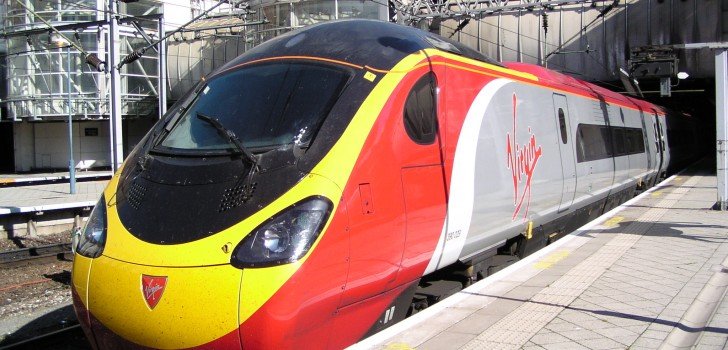New research indicates that London’s trains are traveling too fast for their own good. Faster trains mean more congestion. Conversely, if trains were actually faster in New York, that would mean less congestion. The research indicates why both cities are so different.
Although the study of the train systems was somewhat theoretical, the results did shed some light on the optimal travel speed for each system. For example, in London, the researchers calculated that the trains should travel at about 1.2 times faster than the average speed cars travel on the roads. So, the optimal train speed should be approximately 13 miles per hour. In reality, the average train speed is 21 miles per hour.
Lead researcher, Dr. Marc Barthelemy, pointed out that additional data is needed to make specific recommendations to transit authorities. He stated that, “Giving exact numbers is a tricky thing. But the fact is that these networks are coupled to each other. Optimizing something on one [travel] network can bring bad things on another network.” He emphasized that transport networks such as roads and train lines are becoming more and more interconnected.
Moreover, other reports suggest that there is a current trend in “multimodal” traveling. This means that an increasing number of travelers make switches between their modes of transportation – going from bus to car, train to bus, etc.
Barthelemy states that this trend is somewhat driven by smartphones and various apps that allow people to search for the quickest route between Point A and Point B, even if that means a switch or two. He also points out that multimodal trips in big, spread out cities like London are inevitable.
In order to test how the various different transport networks can affect one another, researchers built computer models of the exact layouts of the road and underground transport networks of both New York and London. They then identified the possible connections between the two. “We create these connections, and then we make an assumption, which is: When someone wants to go from A to B, they look for the quickest path – whatever the mode.”
Using this system, researchers learned that the underground network tends to decrease congestion centrally but increase congestion at the ends of the lines. And there are differences between the two cities. Dr. Barthelemy observed that, “Surprisingly enough, the network in New York is much more centralized than the one in London.”
Therefore, according to the model, the congestion levels in downtown Manhattan are so great that the city would be served well from faster trains “even if that increases the congestion at some peripheral points – the entry points to the subway.”
Conversely, in London, such congestion suggests that an average slower train speed would benefit travelers.
The researchers acknowledge that the models do not take into consideration the opinions of travelers or the unanticipated problems that may arise during the day.
Still, the researchers believe that the point is worth considering.
Stay Connected